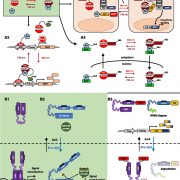
Finding What Works: Locating Resources and Reproducible Protocols
Blog0 Comments
/
Over the course of 26 years Richard Lenski, a professor at Michigan State University, watched the E. coli bacteria used in his lab multiply through over 59,000 generations. He used his lab freezer as a “time machine” and collected samples after every 75 days, roughly every 500 generations. Over…
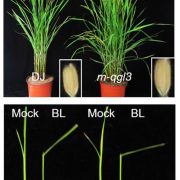
Making longer rice grains, the brassinosteroid way
Research, The Plant Cell: In a NutshellGao et al. identified a key protein phosphatase regulator of brassinosteroid signalling that modulates grain length and plant architecture. https://doi.org/10.1105/tpc.18.00836
By Ji Huang, State Key Laboratory of Crop Genetics and Germplasm Enhancement, College of Agriculture, Nanjing Agricultural…
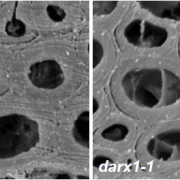
Cell Wall Polymers: The Importance of Deacetylation
Research, The Plant Cell: In BriefMany of the polysaccharides that make up the plant cell wall carry acetate side groups. Notably, the degree of such acetylation is not always the same—even within the same species, it changes over the course of development and is different between tissues. While the mechanism for adding acetyl groups…
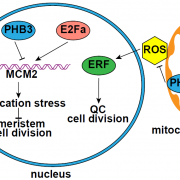
Prohibitin shuttles between mitochondria and the nucleus to control genome stability during the cell cycle
Plant Physiology: News and Views, ResearchThe prohibitin (PHB) protein family is highly conserved from prokaryotes to eukaryotes (Van Aken et al., 2010). Initially identified as a tumor suppressor in rat liver, PHBs in animals are localized in various cell compartments, including mitochondria, nuclei, and plasma membranes, and function as scaffold…
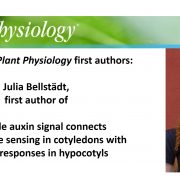
Recognizing Plant Physiology first authors: Julia Bellstädt
Plant Physiology, Plant Physiology: Author ProfilesJulia Bellstädt, first author of A mobile auxin signal connects temperature sensing in cotyledons with growth responses in hypocotyls
Current Position: PhD student, Institute of Agricultural and Nutritional Sciences, Dept. of Crop Physiology, Martin Luther University Halle-Wittenberg, Germany
Education:…
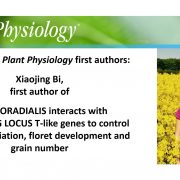
Recognizing Plant Physiology first authors: Xiaojing Bi
Plant Physiology, Plant Physiology: Author ProfilesXiaojing Bi, first author of CENTRORADIALIS interacts with FLOWERING LOCUS T-like genes to control spikelet initiation, floret development and grain number
Current Position: Postdoctoral fellow, Institute for Plant Genetics, Heinrich Heine University, Düsseldorf, Germany
Education: PhD, Crop Genetics,…
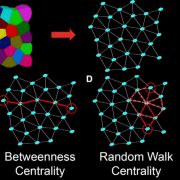
Review. Multicellular systems biology: Applying network science to plant organ patterning and function (Mol Plant)
Plant Science Research WeeklyI really enjoyed this review article, which very successfully introduces the reader to the why and how of how to apply network science to plant science. Bassel never veers off into abstraction or “math-speak”, but instead roots his explanations in familiar biological or ordinary terms. As an example,…
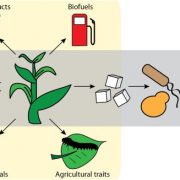
Review: Towards a sustainable bio-based economy through plant synthetic biology ($) (Plant Sci)
Plant Science Research WeeklyPlant synthetic biology is heating up, as ideas and methods initially developed for single-celled organisms are moving into the more interesting and complicated space of multicellular organisms; this leads to greater potentials as well as greater challenges. Why plants? One important reason is that they…

Review: Synthetic switches and regulatory circuits in plants (Plant Physiol)
Plant Science Research WeeklySwitches and circuits are key parts of a synthetic biologist’s toolbox. Andres et al. provide historical background and core ideas as well as current understanding of these devices. Switches are defined as components that detect an input signal and transform it into an output signal. Inputs can be…

